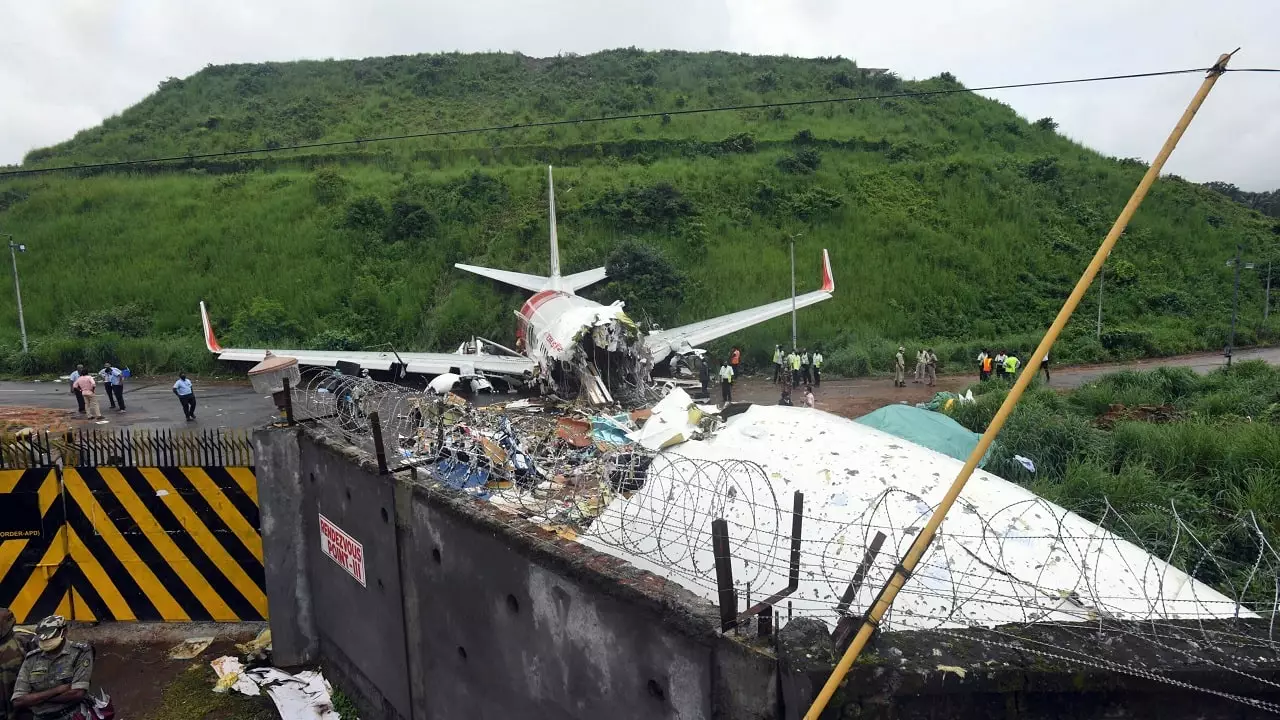Aviation Safety and Accident Analysis: What You Need to Know
Ever wondered why some flights make headlines for the wrong reasons? Aviation safety isn’t just a buzzword—it's the backbone of every safe takeoff and landing. In this guide we’ll break down the most common crash causes, show how accident analysis works, and give you practical steps to stay on top of the latest safety news.
Common Causes of Air Crashes
When investigators sift through wreckage they usually find a pattern. Human error tops the list, whether it’s a pilot misreading instruments or a miscommunication with air traffic control. Next comes mechanical failure—things like engine trouble or faulty wiring that weren’t caught in routine checks. Weather is another big player; sudden storms, wind shear, or low visibility can turn a routine flight into a nightmare.
In India, the most common air crash reason is pilot error, often linked to inadequate training or fatigue. A recent study of Indian crash reports showed that 42% of incidents involved lapses in judgment or missed procedures. That figure underlines why rigorous training and clear SOPs (Standard Operating Procedures) matter more than ever.
Beyond these, runway incursions and bird strikes still cause occasional mishaps. While they’re less frequent, they highlight the need for well‑maintained airports and active wildlife management. Each factor, when combined, creates a risk matrix that airlines and regulators constantly monitor.
How Accident Analysis Improves Safety
After a crash, experts from agencies like the DGCA (Directorate General of Civil Aviation) roll up their sleeves and start a forensic deep‑dive. They gather flight data recorder (FDR) info, interview crew, and inspect debris. The goal? Find the root cause and prevent it from happening again.
One practical outcome is the introduction of new safety protocols. For instance, after a series of runway overruns, many Indian airports upgraded their lighting systems and added clearway extensions. When pilot fatigue shows up repeatedly in reports, airlines often revise crew rest schedules and introduce fatigue‑monitoring tools.
Technology plays a huge role, too. Modern aircraft ship with Enhanced Ground Proximity Warning Systems (EGPWS) that alert pilots about dangerous terrain. Data‑link communications reduce voice‑based misunderstandings, and predictive maintenance software spots component wear before it fails.
For the everyday traveler, the takeaway is simple: every safety upgrade you hear about is the result of hard‑won lessons from past accidents. The more transparent agencies are, the faster the industry can adapt.
So, how can you stay informed? Follow reputable aviation news sites, sign up for safety newsletters from airlines, and keep an eye on annual safety reports released by global bodies like ICAO. Knowing the trends helps you ask the right questions when you book a flight or board a plane.
In short, aviation safety is a continuous loop of learning, fixing, and checking. By understanding the common crash reasons—especially pilot error in India—and the way accident analysis drives change, you become a smarter, more confident traveler. Safe skies start with curious passengers, too.
